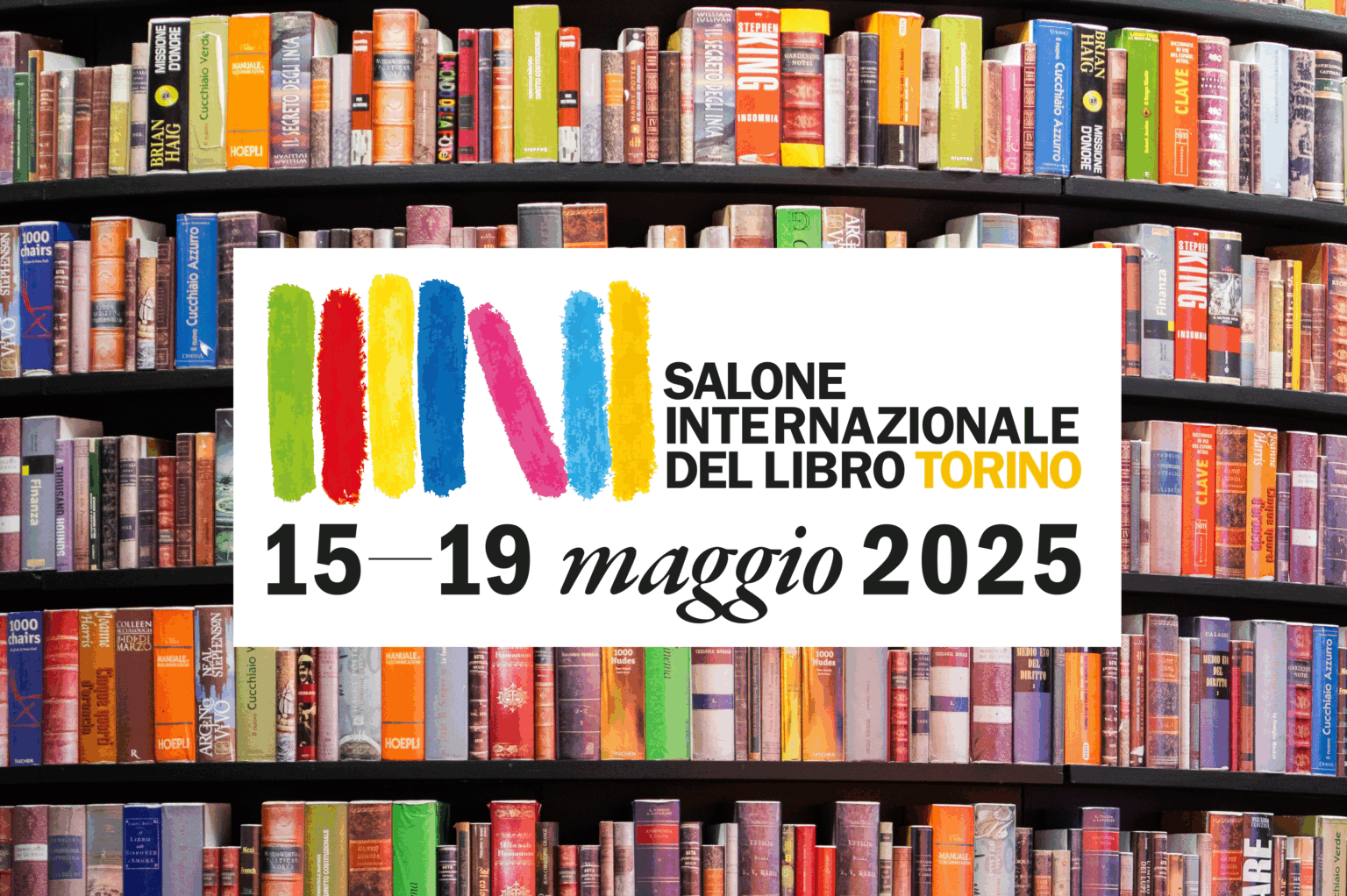There is a special place that transforms Turin into a microcosm of paper and ideas for five days a year. Here, passionate readers, authors, and publishing professionals converge, navigating the realms of reality and imagination through debates and wonders. This is the International Book Fair, which celebrates its 37th edition in 2025 and continues to prove that it is more vibrant than ever.
I take the underground to Lingotto Fiere, a historic industrial building that once housed the Fiat car factory and has been converted into a citadel of culture for the occasion. The curtain rises on the new edition of the Fair among its pavilions, the Auditorium and the 500-track suspended from the ceiling — an artistic project by the Pinacoteca Agnelli.
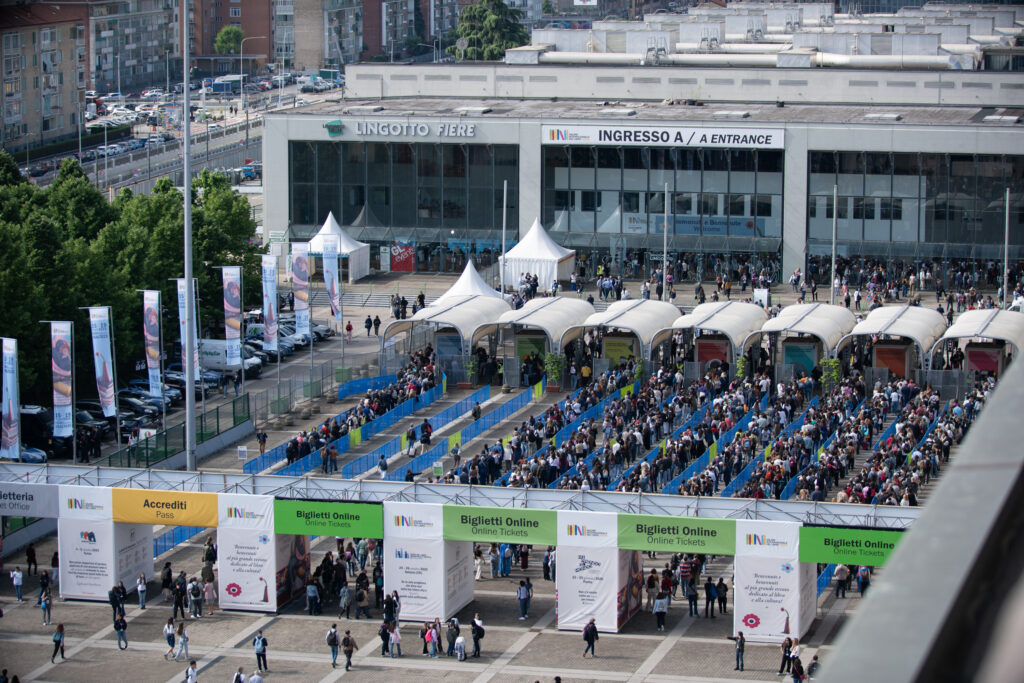
As a press representative, I have the privilege of entering 45 minutes before the official opening. This is a precious time: I can enjoy the silence of the corridors, the smell of fresh ink, and the sight of the tidy stands, before the army of readers (who storm in lovingly, of course) arrives.
I start my tour at one of the busiest stands: a haven for second-hand books, with a special section dedicated to rare and collectible editions.
However, as I browse through the dusty covers, I am struck by a rather discouraging fact: book sales are in decline. According to the Italian Publishers Association, the market lost 1.5% in value and 2.3% in copies sold in 2024: 2.4 million fewer books on the shelves (or in online shopping baskets). It is said that cuts in library funding and the replacement of the 18app with less effective subsidies have had an impact. But judging by the crowd gathered here, it is not the desire to read that is lacking, but rather the means to do so. With prices hovering around €20–22, even for paperbacks, reading is in danger of becoming an everyday luxury. And not everyone can afford it.
This is not an isolated case; similar trends are emerging across Europe, albeit with some notable differences. According to the 2024 international report by GfK Entertainment and NielsenIQ BookData, the fiction market is growing in 16 of the 18 analysed markets, with countries such as India (+30.7%), Mexico (+20.7%), Brazil (+16.4%), Spain (+12.0%) and Portugal (+11.4%) standing out with their double-digit increases.
By contrast, the non-fiction market is struggling, with growth limited to a few regions and often modest. Children’s and young adult books are experiencing fluctuations but still manage to achieve growth in nine territories.
In Europe, the two largest markets, France and the United Kingdom, experienced a slight flexion in revenue (-0.3% and -0.6%, respectively) and in the number of copies sold (-2.8% and -1.6%, respectively). However, the increase in average prices helps to mitigate the impact of falling sales, albeit at a slowing pace.
Interestingly, the most popular genres are romance and fantasy, driven by communities such as BookTok on TikTok. In short, reading is more fashionable than ever… but it’s also harder on the pocket. But for five days in Turin at least, the book festival makes the hearts of those who refuse to stop dreaming beat faster.
However, the fair seems intent on reminding us of that words still matter — and matter a great deal. It is no coincidence that the title of this edition, Le parole tra noi leggere (Words between us, light), has served as a compass for readers, authors, and publishers alike. It is an invitation to recognise the weight (and lightness) of words in our everyday conversations, both in books and in life. It is also an explicit tribute to the novel of the same name by Lalla Romano, which has once again become a bestseller at the fair.
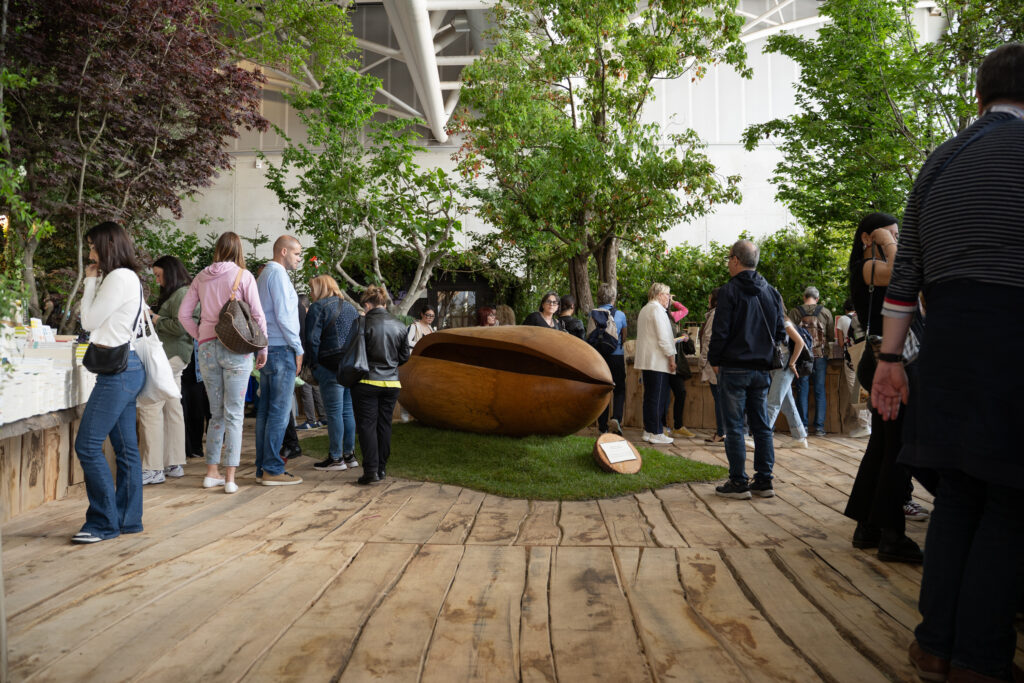
The new features have also been a hit: from the digital ticket office and the new website, which has received 10 million visits, to the reorganised map and the success of the Romance Pop Up event at the UCI cinemas in the Lingotto shopping centre. More than 3,500 fans gathered there with their favourite authors for a signing marathon that sold out in half an hour.
The spirit of the fair spread far and wide, from strolls through the Pista 500 hanging garden overlooking the Turin skyline to immersive encounters between literature and the visual arts. However, it is still the readers who make it beat. 49% of visitors are under 35; the youngest visitor was just 53 days old!
And then there are the publishers: words are not only read, they are sold too! The 2025 edition closed with record results for many stands, ranging from +15% to +300%.
There were 2,500 events in five days — a cultural Tetris at Olympic level.
Deciding which events to attend involved continuous decision-making, regret and rushing between pavilions. However, if I had to name two events that really left their mark, I wouldn’t hesitate.
The first was meeting Joël Dicker, the popular Swiss author whose bestsellers, such as The Truth About the Harry Quebert Affair, The Baltimore Boys and The Enigma of Room 622, have won over millions of readers. He is a master of the literary thriller and is capable of keeping readers on the edge of their seats with his intricate plots and mysterious atmospheres.

Dicker attended the fair to present his latest novel. However, the conversation took an unexpected (and highly relevant) turn when a group of young readers interviewed him on stage.
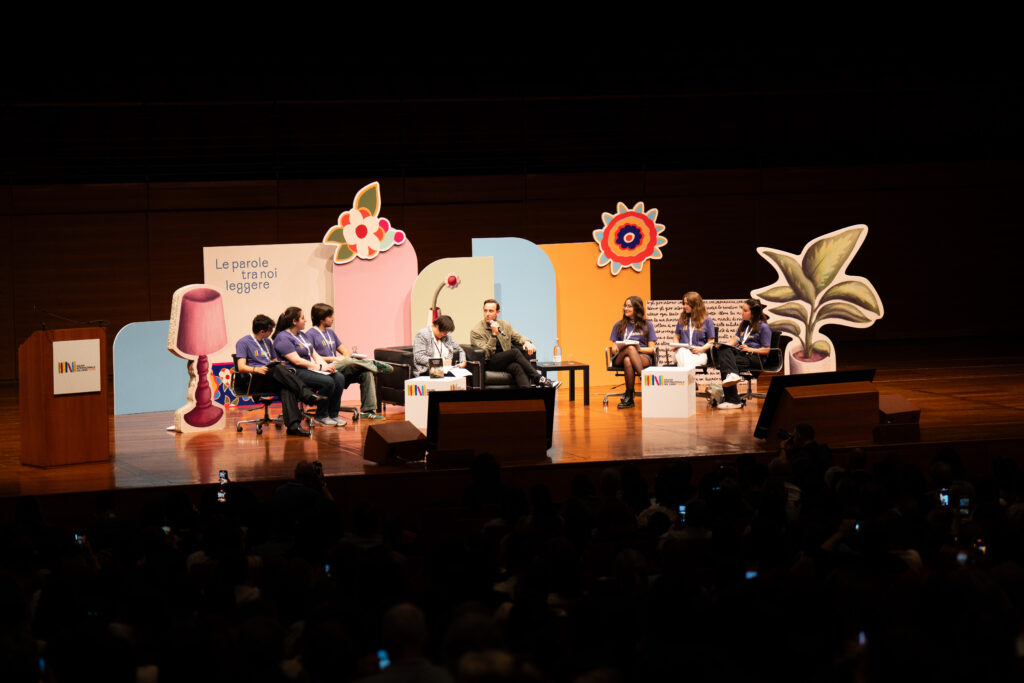
When asked about the growing consensus on the right in Europe, the writer shifted the focus to a crucial issue: the importance of voting.
“Democracy is based on the thinking of the majority. Take this audience as an example: if only the people in the first three rows vote, the opinion of the majority will not be reflected in the result. But if only one row votes, the result will be distorted and unrepresentative. And this is a real danger.”
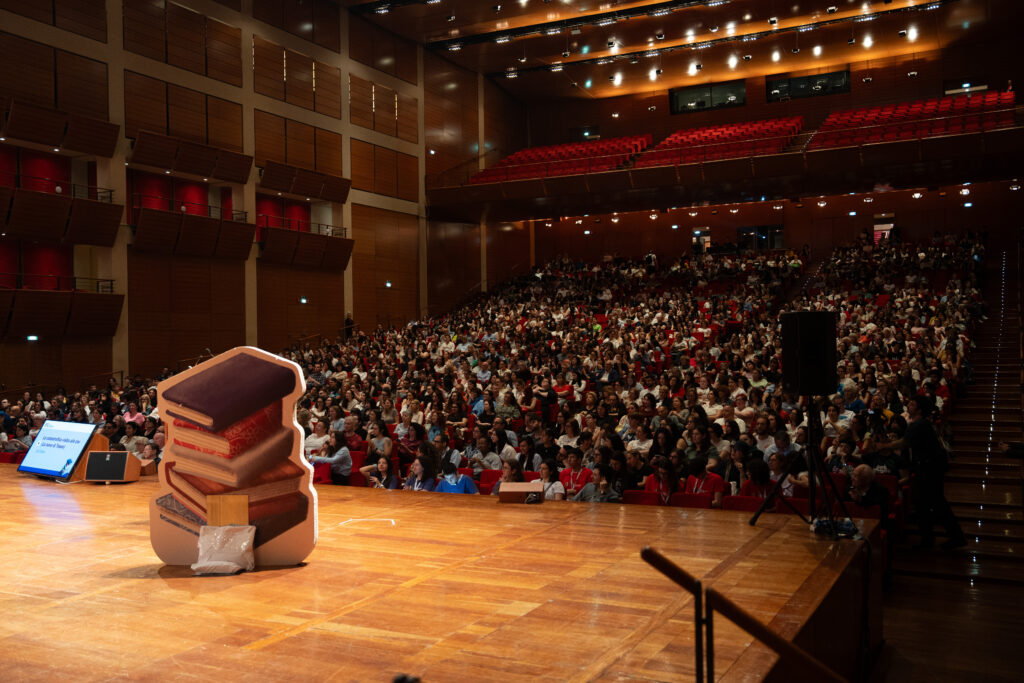
They are simple words, but they are necessary. Sometimes it takes a crime novelist to highlight issues that concern us deeply, not just within the pages of their books.
The second book I’m taking home with me is ‘I Giornali Spiegati Bene’ (Newspapers Well Explained), a lucid (and somewhat bitter) reflection on the current state of information. The goal? To reveal an invisible yet powerful mechanism: newspapers do not always write to inform, but rather to reassure.
Each media outlet selects headlines, angles, and language based on what its audience wants to read, rather than what is actually happening in the world. Only a few outlets ‘get the story right’. Beyond editorial logic, this attitude raises significant deontological questions because, if information is supposed to help us understand the world and not just make us feel like we are ‘on the right side’, then something needs to be rethought — and quickly. And quickly.
Five days, thousands of titles, hundreds of voices. I leave the Lingotto with my backpack fuller of books than certainties, and that’s OK. The Book Fair does not provide answers, but it opens up avenues, both between the pages of books and between people.
This year, it has done so with ‘light’ words in the most powerful sense of the term: words that fly from stand to stand and pass from hand to hand; words that build bridges even amidst heated debate.
If we listen carefully, words remind us that reading is an act of freedom. Writing, too, is perhaps an act of resistance.
So, amidst the hustle and bustle of a book signing and a packed room, amidst the chaos of a hastily arranged meeting and a fleeting thought scribbled down in my notebook (because I’m not good with notebooks), this edition also comes to a close.
The words between us have served their purpose.


